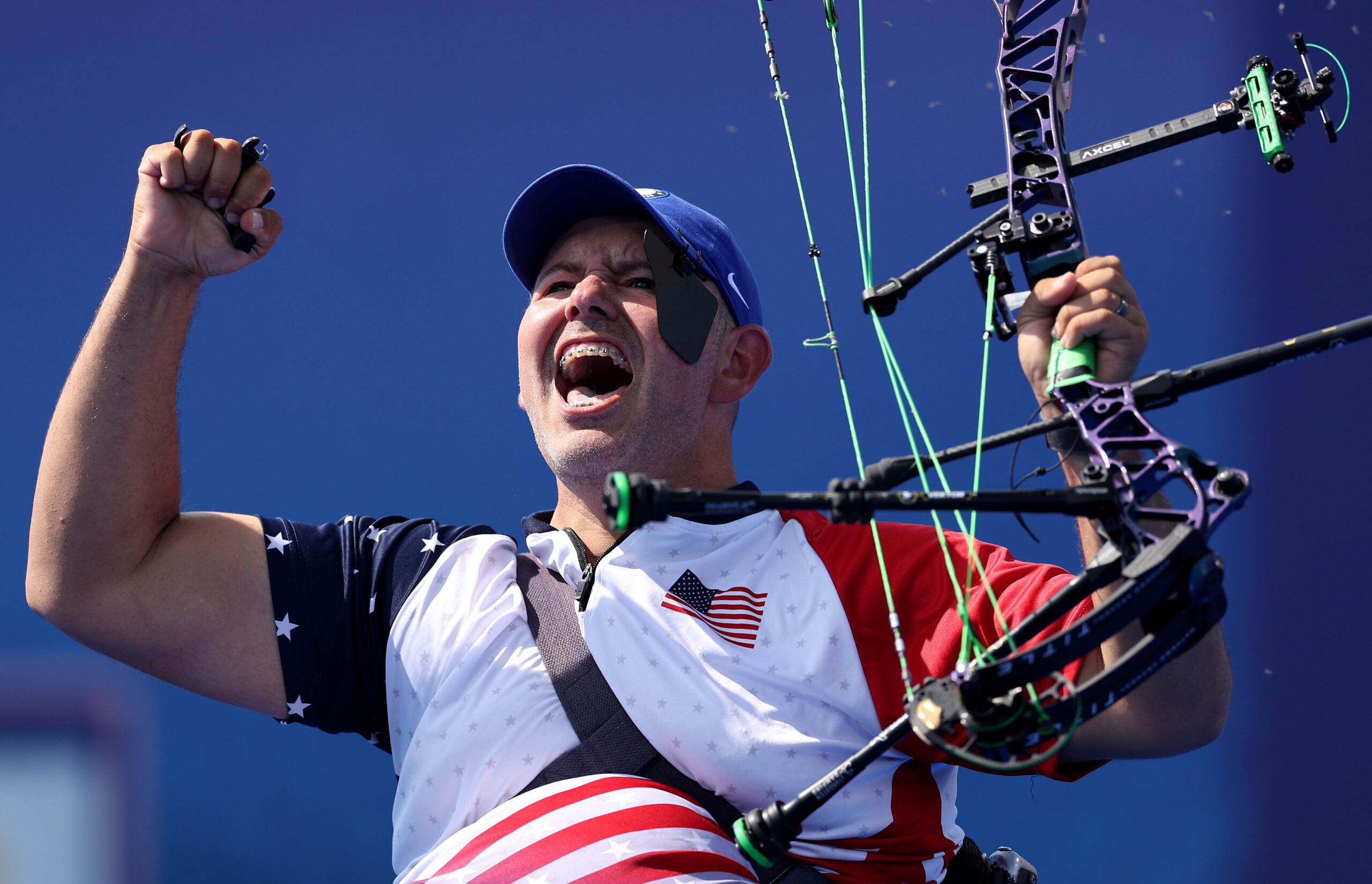Introduction to Para Archery
Para archery is a specialized archery discipline for athletes with physical or visual impairments. It offers an inclusive environment where athletes with various disabilities can compete. The sport is structured to accommodate the specific needs of these athletes, ensuring that they have equal opportunities to participate and excel. Para archers use adaptive equipment and techniques to compete under rules similar to those in traditional archery, making it a highly competitive and accessible sport. This discipline not only highlights athletic skill but also celebrates the perseverance and resilience of athletes who overcome significant physical challenges.
Para Archery Rules and Format
The rules for targets, competition format, and matchplay in para archery are closely aligned with those of traditional target and indoor archery. Athletes compete using either recurve or compound bows, and the competition follows the same scoring systems and procedures. The consistency in rules across different archery disciplines allows para archers to compete on a level playing field with their able-bodied counterparts. Despite the similarities, para archery also includes adaptations and special categories, ensuring that the sport remains inclusive and fair for all participants, regardless of their physical abilities.
Categories in Para Archery
Para archery features various competition categories tailored to different levels of impairment. The main categories include recurve and compound bows, along with the W1 category for athletes with severe impairments. Additionally, there is a visually impaired category, divided into VI1 and VI2/3 subcategories, depending on the severity of the athlete’s visual impairment. These categories allow for specific rules and equipment modifications to ensure that each athlete competes under conditions that reflect their abilities. By offering multiple categories, para archery ensures that a wide range of athletes can participate, making the sport more inclusive.
Assistive Devices in Para Archery
Para archers often rely on assistive devices to compete effectively. These devices can include custom draw or release aids, mouth tabs, and wheelchairs, among others. Each device is tailored to the individual athlete’s needs, helping to level the playing field and enabling them to compete on equal terms with their peers. These adaptations are crucial in allowing athletes with various physical impairments to perform at their best. The use of assistive devices is carefully regulated to maintain fairness in competition, ensuring that the sport remains competitive and accessible to all qualified athletes.
Inclusion of Para Archers in Traditional Archery
Classified para archers are eligible to compete in traditional archery events alongside able-bodied athletes. Using their assistive devices, para archers can participate in target archery competitions, following the same rules and regulations. This inclusion highlights the adaptability of archery as a sport and the skill level of para archers, who can compete at the same level as their able-bodied counterparts. It also promotes greater integration and understanding between athletes of all abilities, fostering a spirit of inclusivity within the archery community. This crossover further legitimizes para archery as a competitive sport.
Para Archery in the Paralympics
Archery has been an integral part of the Paralympic Games since the very first edition in 1960. Its inclusion underscores the sport’s deep connection to the Paralympic movement and its role in promoting accessibility in sports. Para archery has grown in popularity and prestige over the decades, with athletes from around the world competing at the highest level. The sport’s continued presence in the Paralympics reflects its importance in providing opportunities for athletes with disabilities to showcase their talents on an international stage, contributing to the broader goal of inclusivity in sports.
World Archery Para Championships
The World Archery Para Championships is a premier event held every two years, showcasing the best para archers from around the globe. Initially organized by the International Paralympic Committee in 1998, the event’s management was transferred to World Archery in 2009. This championship serves as a crucial platform for para archers to compete at the highest level, gaining recognition and advancing in the sport. The event also plays a significant role in promoting para archery worldwide, attracting top talent and fostering a sense of community among athletes, coaches, and supporters.
Specific Competition Rules for Para Archery
Para archery has specific rules and regulations for its various categories, ensuring fair competition. For instance, W1 athletes, who have severe impairments, can use either recurve or compound bows, but with restrictions on draw weight and magnified sights. Visually impaired archers compete using tactile sights and may have assistants to help with arrow loading and scoring. These rules are designed to balance the competition and accommodate the diverse needs of para athletes. By tailoring the competition rules to the abilities of the athletes, para archery maintains its competitive integrity while being inclusive.
Classification in Para Archery
The classification system in para archery is essential for ensuring fair competition. It categorizes athletes based on the severity of their impairments and determines their eligibility to compete in specific categories. Classification assessments are conducted by trained professionals who evaluate the athlete’s physical abilities and determine the appropriate category. This system helps create a level playing field, where athletes with similar levels of impairment compete against each other. Classification not only ensures fairness but also enhances the credibility of para archery as a sport, making it more structured and organized.
Historical Roots of Para Archery
Para archery has a rich history, rooted in rehabilitation efforts for injured veterans in the 1940s. Dr. Ludwig Guttmann, regarded as the founder of the Paralympic movement, introduced archery as a therapeutic activity at Stoke Mandeville Hospital. The first archery tournament was held in 1948, eventually leading to the inclusion of the sport in the first Paralympic Games in 1960. Since then, para archery has been a constant presence in the Paralympics, symbolizing the sport’s accessibility and the resilience of athletes with impairments. Its historical significance continues to inspire and shape the sport today.


